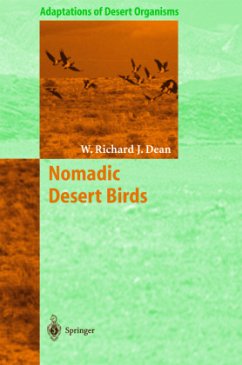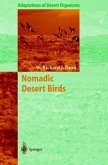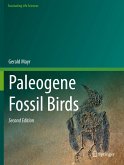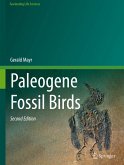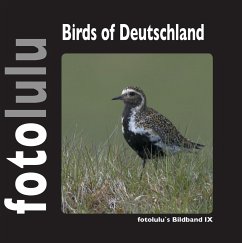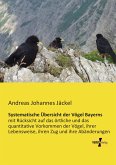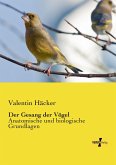There are two basic strategies for coping with life in the desert. The first involves withstanding the extreme conditions using behavioural or physiological tactics. The second strategy is to be a migrant and to opportunistically or seasonally move to where the necessary resources are. Nomadism, i.e. the opportunistic and irregular movements from resource-poor to resource-rich patches, is a tactic that birds, with their mobility, can use, and it is explored by W.R.J. Dean in this volume. For many bird species, such movements between habitats or across landscapes to find patches of resources are essential for their continued existence. The relationship between climate, habitat and movements in the avifauna of arid and semi-arid regions and the advantages and disadvantages of a seasonally migratory or opportunistically nomadic lifestyle are elucidated.
My interest in the behaviour and movements of birds of arid and semi-arid ecosystems began when my wife, Sue Milton, and I were Roy Siegfried, Director, at that time, of the Percy approached by Prof. FitzPatrick Institute of African Ornithology, to set up a project to investigate granivory in the South African Karoo. Sue and I spent some time finding a suitable study site, setting up accommodations and an automatic weather station at Tierberg, in the southern Karoo near the village of Prince Albert, and planning projects. Among our first projects was a transect where we noted plant phe nology, measured seed densities on the soil surface, counted birds, observed ant activity, measured soil surface temperatures and col lected whatever climate data we could at 40 sites along a 200-km oval route. Along the way, we became interested in the marked presence and absence of birds at certain sites - abundant birds one day, and very few birds at the same site a month later. Subsequent counts along fixed transects through shrublands confirmed that a number of bird species were highly nomadic over short and long distances, locally and regionally, leading to speculation on how widespread these movements were in the arid ecosystems of the world.
My interest in the behaviour and movements of birds of arid and semi-arid ecosystems began when my wife, Sue Milton, and I were Roy Siegfried, Director, at that time, of the Percy approached by Prof. FitzPatrick Institute of African Ornithology, to set up a project to investigate granivory in the South African Karoo. Sue and I spent some time finding a suitable study site, setting up accommodations and an automatic weather station at Tierberg, in the southern Karoo near the village of Prince Albert, and planning projects. Among our first projects was a transect where we noted plant phe nology, measured seed densities on the soil surface, counted birds, observed ant activity, measured soil surface temperatures and col lected whatever climate data we could at 40 sites along a 200-km oval route. Along the way, we became interested in the marked presence and absence of birds at certain sites - abundant birds one day, and very few birds at the same site a month later. Subsequent counts along fixed transects through shrublands confirmed that a number of bird species were highly nomadic over short and long distances, locally and regionally, leading to speculation on how widespread these movements were in the arid ecosystems of the world.
From the reviews: "This book is a very useful review of an apparantly poorly-researched topic." (Ostrich) "Writing a book on this subject would present a challenge to anyone, for desert birds are some of the least well studied ... . The main strength of this book is that it pulls together much scattered information from around the world on the movement patterns and behaviour of nomadic desert birds ... . I believe the author has done a good job. ... This book will, I hope, help to stimulate more study of bird movement patterns in arid environments." (I. Newton, ibis, Vol. 148, 2006) "In this volume Richard Dean examines how birds, as part of their survival strategies, move nomadically within or between arid and semi-arid regions to find resource-rich patches. ... Comprehensive lists of bird families occurring in the arid zones of the world ... are included as appendices to the book. A 17 page reference list provides the reader with more than enough scope to read further about this fascinating topic ... . This book is a very useful review of an apparently poorly researched topic." (Dieter Oschadleus, Ostrich - Journal of African Ornithology, Vol. 76 (1-2), 2005)

